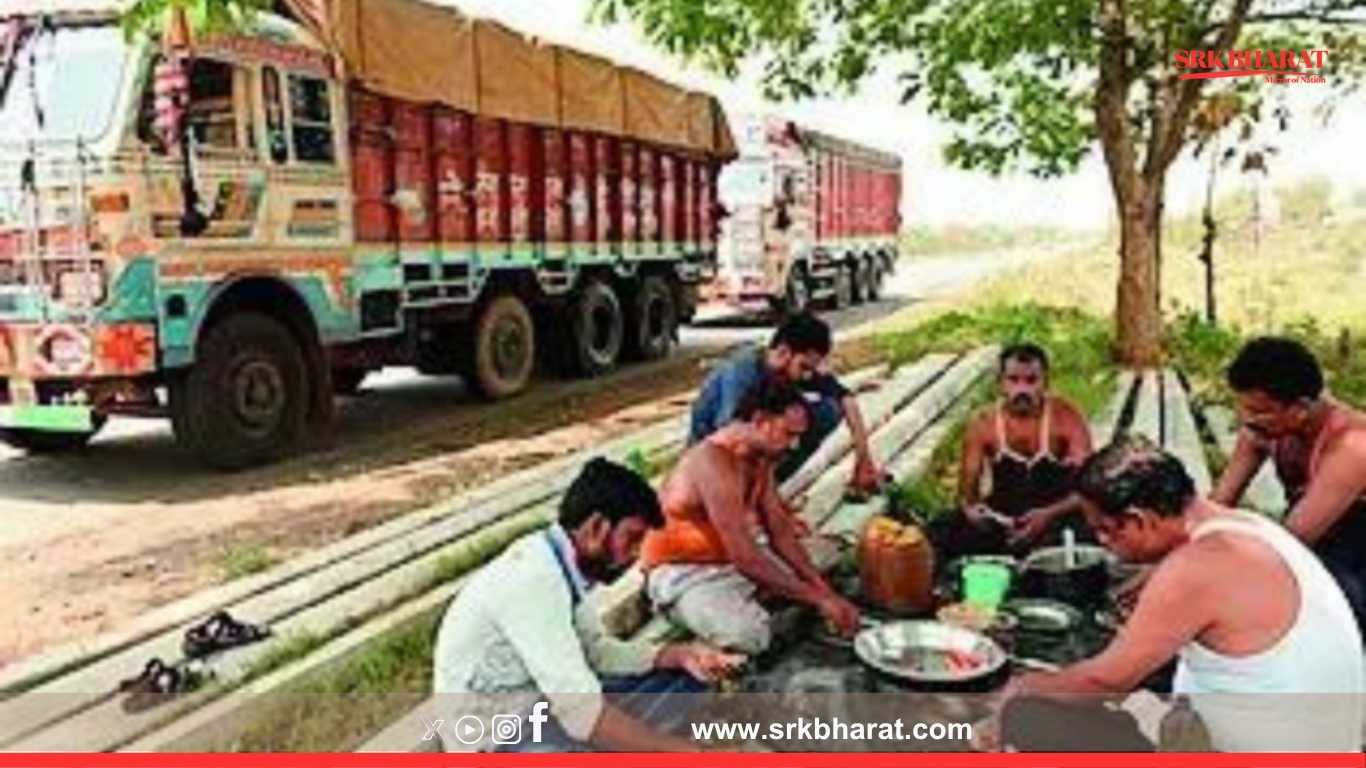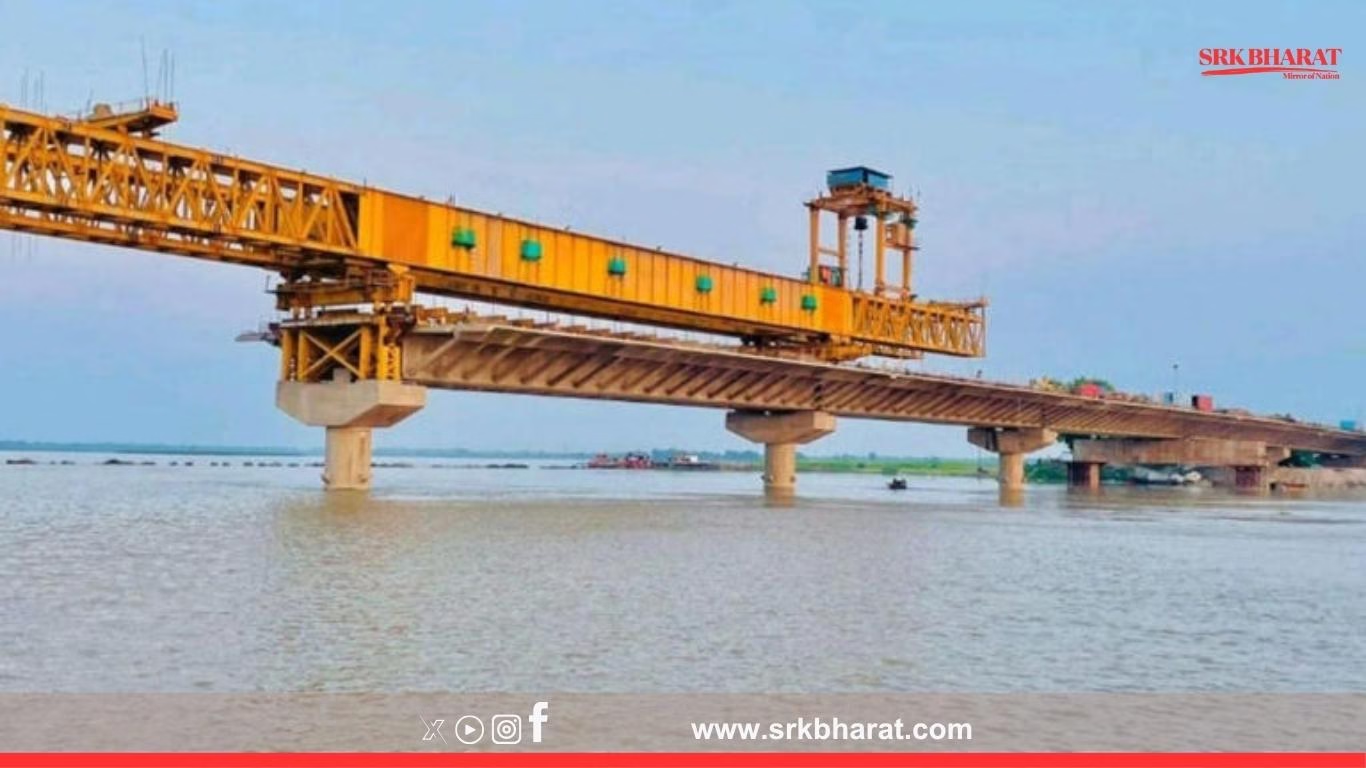The Ministry of Road Transport and Highways (MoRTH) is witnessing an enthusiastic response to its flagship ‘Apna Ghar’ resting facilities initiative, aimed at improving working conditions, health, and road safety for the country’s estimated 90 lakh truck drivers. These dedicated rest areas are now operational along major national highways, with the government planning to expand them aggressively due to increasing demand from truckers, transport companies, and state authorities.
What Are ‘Apna Ghar’ Facilities?
Launched to provide safe, hygienic, and dignified resting spaces for truck drivers, ‘Apna Ghar’ facilities include:
- Parking bays for trucks
- Dormitory beds and private rooms
- Toilets and bathing facilities
- Food courts and clean drinking water
- Vehicle repair bays
- Medical clinics with first aid
- ATM kiosks and internet connectivity
The goal is to reduce accidents caused by fatigue, improve truckers’ welfare, and enhance the efficiency of freight movement along India’s rapidly expanding national highway network.
Growing Popularity Among Truck Drivers
Truck drivers, who often drive over 12-16 hours daily across states, traditionally rely on roadside dhabas or unsafe roadside halts for rest. The introduction of clean dormitories and secure parking has come as a relief.
Ramesh Yadav, a Haryana-based trucker, shared:
“Earlier we slept on roadside under the truck. Now we get beds, toilets, and food at reasonable rates. It’s safer.”
Strategic Rollout Of Apna Ghar Centres
The Ministry has operationalised these facilities at multiple locations, with many more under construction under Build-Operate-Transfer (BOT) and PPP models. Some of the functional centres are located at:
| Highway | Location | State | Key Facilities Available |
|---|---|---|---|
| NH44 | Panipat | Haryana | 50 dorm beds, canteen, parking, clinic |
| NH48 | Dharuhera | Haryana | 40 dorm beds, 10 private rooms, ATMs |
| NH16 | Vijayawada | Andhra Pradesh | 60 dorm beds, parking for 150 trucks |
| NH27 | Lucknow | Uttar Pradesh | 55 dorm beds, food court, tyre service |
| NH65 | Solapur | Maharashtra | 45 dorm beds, repair shop, internet café |
Why The High Demand?
- Better Working Conditions: Truckers can rest without worrying about theft or harassment.
- Improved Road Safety: Reduced fatigue lowers the risk of accidents caused by drowsy driving.
- Hygiene & Dignity: Access to toilets, showers, and clean food improves health.
- Employer Support: Transport companies see reduced vehicle downtime and driver attrition.
- Integration With Logistics Hubs: Many Apna Ghar centres are linked with toll plazas, warehouses, and logistics parks, facilitating seamless freight movement.
Government’s Expansion Plans
The Ministry has proposed over 1,000 such centres to be developed by 2030, with 100 being prioritised under the Bharatmala and Gati Shakti programmes. These will be spaced every 40-60 km along high-density corridors to ensure that drivers have resting options without deviating from their route.
Focus Corridors For Upcoming Centres
- Delhi-Mumbai Expressway
- Amritsar-Kolkata Industrial Corridor
- Mumbai-Bengaluru Industrial Corridor
- Eastern and Western Dedicated Freight Corridors
PPP Model Driving Faster Implementation
Under the Public-Private Partnership (PPP) framework, companies such as Indian Oil Corporation, HPCL, and private logistics firms are bidding to build and operate these facilities. This model allows recovery of investment through user charges, advertising, and facility rentals while keeping costs minimal for drivers.
Industry Reaction
S P Singh, IFTRT transport analyst, noted:
“Apna Ghar is a critical intervention. India loses thousands of crores annually in logistics inefficiencies partly due to driver fatigue and poor working conditions. Such facilities boost morale and productivity.”
Key Benefits Observed
| Parameter | Before Apna Ghar | After Apna Ghar |
|---|---|---|
| Average resting time | 3-4 hours roadside nap | 6-8 hours safe sleep |
| Theft risk | High, unsecured parking | Minimal, CCTV-monitored lots |
| Personal hygiene | Poor due to lack of toilets | Improved due to washrooms & showers |
| Accident risk | High due to fatigue | Reduced due to adequate rest |
Truckers’ Long-Standing Demands Being Met
Truckers’ unions for years demanded dignified rest stops, akin to developed economies where resting bays are mandatory every few hours to ensure road safety. This initiative aligns with India’s National Road Safety Policy and Vision Zero goals, aiming to halve road fatalities by 2030.
Challenges And The Way Forward
While the programme has been widely appreciated, challenges remain:
- Land acquisition delays for planned centres.
- Maintaining hygiene standards at all times.
- Affordable pricing models to ensure even the lowest-earning drivers can benefit.
- Effective integration with logistics hubs for maximum utility.
The Ministry is working with state governments to ensure land availability and regulatory clearances are fast-tracked. Officials are also exploring tie-ups with CSR arms of logistics, FMCG, and retail companies to subsidise maintenance and user costs.
Future Vision: Digital Integration
To further boost utility, the government plans to integrate Apna Ghar facilities with:
- FASTag systems for automated parking payments.
- Real-time availability apps, letting drivers know if beds or parking slots are free at upcoming centres.
- Health monitoring kiosks under Ayushman Bharat for preventive care.
Conclusion
The success of the Apna Ghar initiative is a testament to the importance of dignified working conditions for India’s truckers, who are the backbone of the country’s $400 billion logistics sector. As more such facilities become operational, stakeholders expect improvements in road safety, driver health, and economic efficiency of freight movement across the nation.
Disclaimer
This news article is based on government releases, trucker interviews, and industry analysis. Readers are advised to check with local highway authorities and the Ministry of Road Transport and Highways for the latest list of operational Apna Ghar centres before planning highway freight movements.











